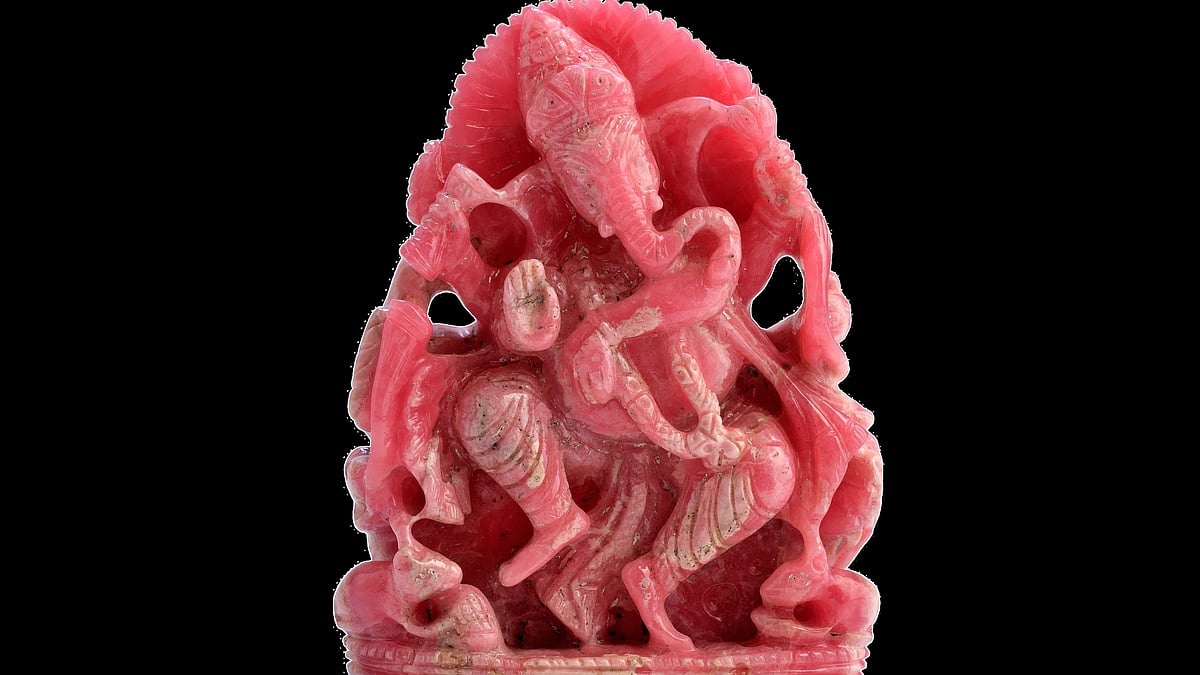To recognise a panic attack, it is helpful to understand what it is, its cause and its trigger points. A panic attack is an episode of intense fear that has physical symptoms of discomfort. A person having a panic attack has racing heartbeats, shortness of breath, muscle sensation and trembling. Panic attacks are often misunderstood as heart attacks but they are not! If you recognize a panic attack or realize that you are having one, here are the ways you can help manage it.
Recognise A Panic Attack
A panic attack can occur at any place and at any time. You can be hit with a sudden sense of fear that might trigger physical symptoms such as tremors, pounding hearts, shortness of breath, sweating and chest pain. This may last up to 5–20 minutes. If you recognise a panic attack, you will be able to remind yourself that it is not a heart attack and that you are going to be fine when this passes. When you do this once, you will be able to control your attacks even more smoothly the next time they happen.
Practice Deep Breathing
If you suddenly feel scared and are unable to control your actions, sit down on your knees, place one hand on your chest, the other on your stomach, and just breathe. Inhale with your nose and exhale through your mouth. Keep breathing heavily until you feel in control again.

Canva
Exercise The Grounding Method
The grounding method is an effective method proven to be helpful in managing stress and anxiety. It involves identifying five things you can see, four things you can touch, three things you can hear, two things you can smell and one thing you can smell. Try doing this during a panic attack or helping someone who is having one with this method.
Close Your Eyes And Think Of Your Happy Place
When fear takes over your mind, it is necessary to trick yourself into imagining a desired scenario or a happy memory. In this case, if you know you're having a panic attack, try taking a seat, preferably on the ground, closing your eyes and thinking of a happy place. This happy place can either be a destination or a happy picture with your family. Visuals of close ones or nature have proven effective in reducing anxiety.
Talk To Yourself Or Someone Around You
When you address a panic attack, remind yourself that this will pass and you are going to be fine. Say it out loud and talk to yourself. If you see someone around, seek help, hold their hand and talk to them.
To minimise the effects of a panic attack, it is advisable to seek professional help. This will help you understand the condition and you will be able to manage it better the next time it happens.











